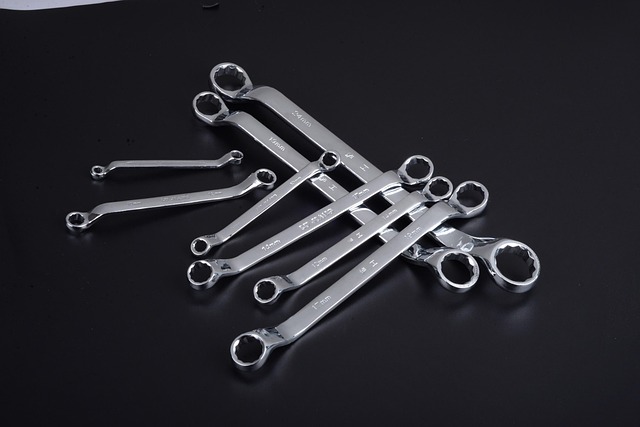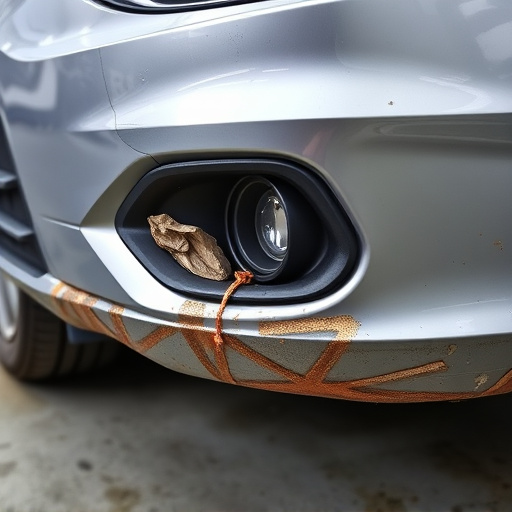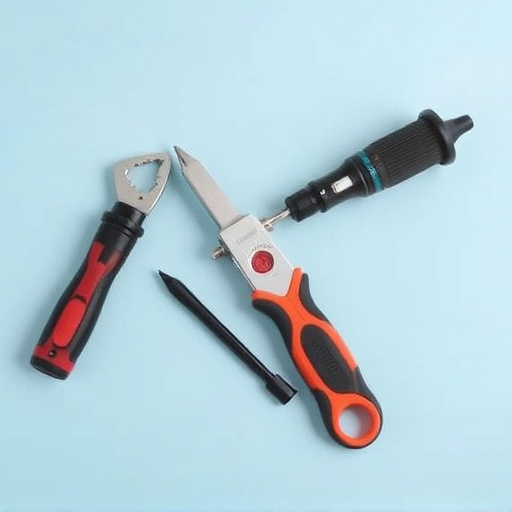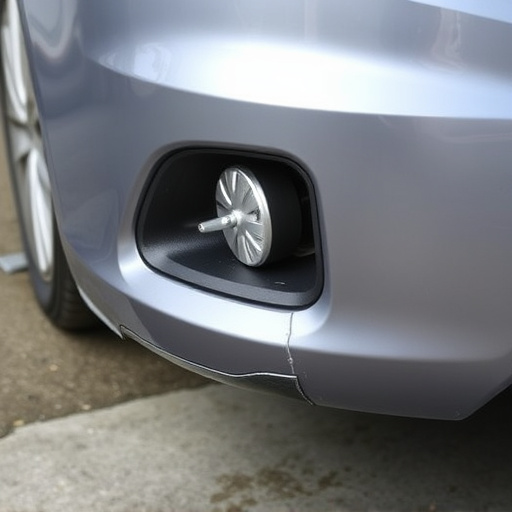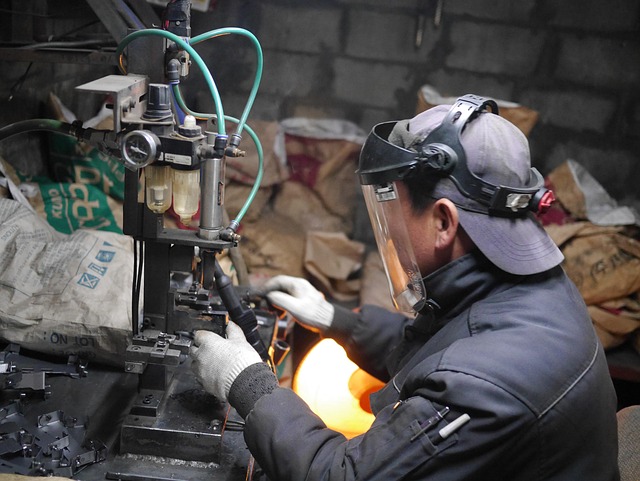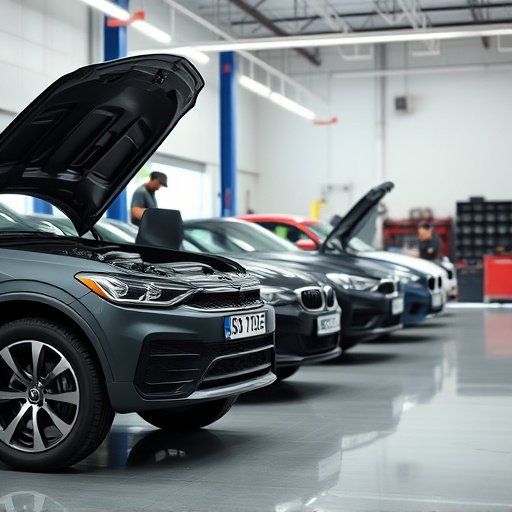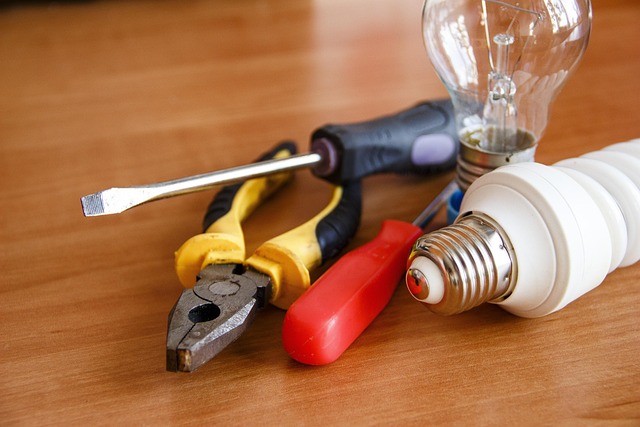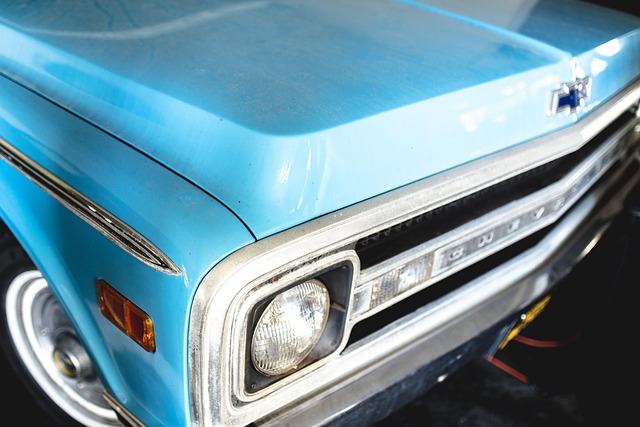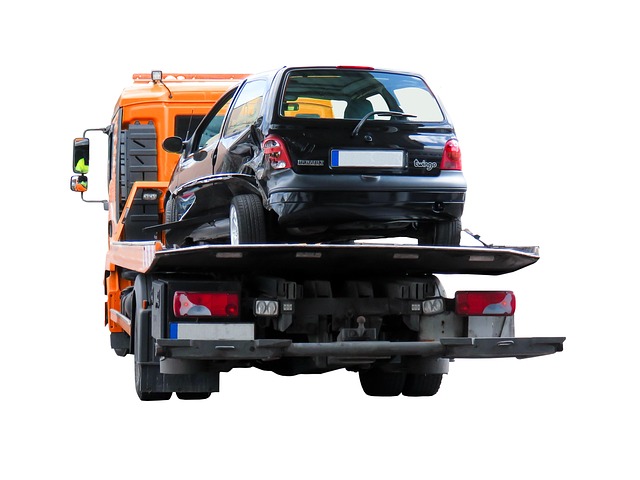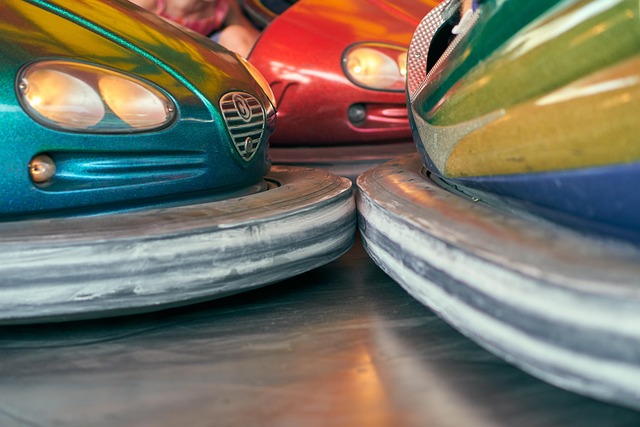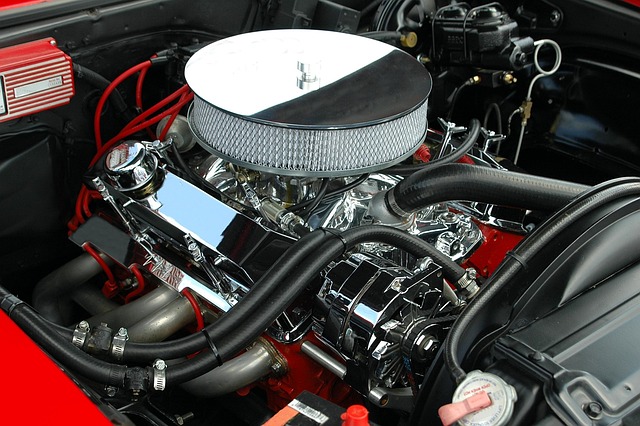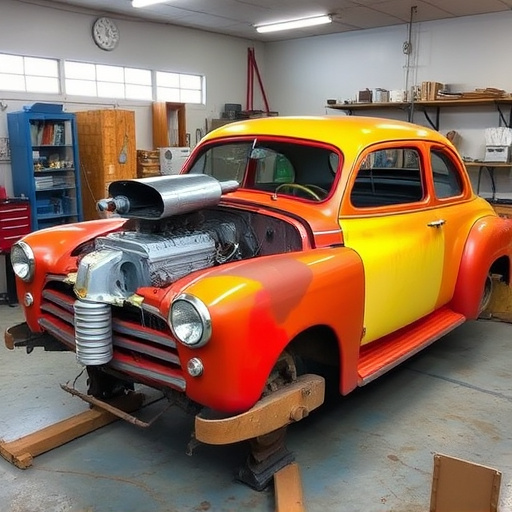Vehicle restoration services offer a surprisingly affordable alternative to replacing old cars with new ones, challenging the notion that new parts are always cheaper. By combining panel beating, painting, and sometimes mechanical repairs led by skilled technicians, these services can extend a car's lifespan while adhering to safety standards and providing a like-new appearance. This eco-friendly approach saves money for owners and reduces waste, making it a smart financial decision that preserves the car's original character. Costs vary based on damage severity, availability of parts, geographical location, and specific repair needs.
Common Myths About Vehicle Restoration Services Debunked
Vehicle restoration is often shrouded in misconceptions, leading many car enthusiasts to believe it’s not worth their time or investment. This article aims to dispel common myths surrounding vehicle restoration services and showcase why it’s a viable option for both classic and modern cars. We’ll explore the cost-effectiveness, benefits for various vehicle types, and debunk the notion that restoration is an overly lengthy process. By understanding these facts, you can make an informed decision about preserving your beloved car through professional restoration.
- The Myth of It's Cheaper to Just Buy a New One
- – Dissecting the cost comparison between restoration and replacement
- – Factors influencing the affordability of vehicle restoration
The Myth of It's Cheaper to Just Buy a New One

Many people believe that replacing an old vehicle with a new one is always the most cost-effective option. However, this mindset often overlooks the value and benefits of vehicle restoration services. Investing in car body restoration or auto body services can be surprisingly affordable, especially when compared to purchasing a brand-new car. The market for used vehicles is vast, offering a wide range of options at various price points.
Vehicle restoration isn’t just about fixing superficial dents; it involves a comprehensive process that includes panel beating, painting, and sometimes even mechanical repairs. Skilled technicians can bring your old ride back to life, ensuring it meets safety standards and looks as good as new. By opting for these services, you not only save money but also contribute to sustainability by keeping vehicles on the road for longer.
– Dissecting the cost comparison between restoration and replacement

When considering vehicle restoration services versus replacement, a common misconception is that new parts are always cheaper than repairing an old one. However, this isn’t always true. While brand-new components may seem like a quicker fix and offer peace of mind, they often come with higher price tags. Vehicle restoration services specialize in expertly fixing and refining existing parts, which can be more cost-effective for several reasons.
First, many auto collision repair shops have access to used or refurbished parts at lower costs, which they can pass on to customers without compromising quality. Second, skilled technicians can often extend the life of a damaged part by carefully repairing it, reducing the need for complete replacements. Third, restoration work can be tailored to specific needs, allowing owners to avoid unnecessary repairs and save money in the long run. Thus, disassembling and reassembling a vehicle with care isn’t always more expensive than simply replacing it entirely; it’s often a smarter financial decision that also preserves the car’s original character.
– Factors influencing the affordability of vehicle restoration
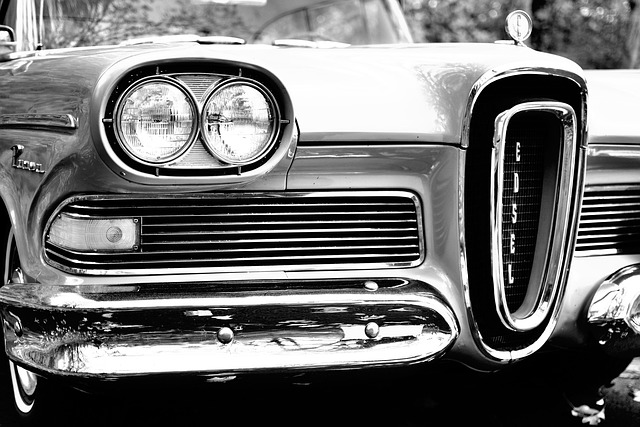
The affordability of vehicle restoration services can be a complex topic, influenced by various factors that contribute to the overall cost. One significant aspect is the extent of damage or degradation present in the vehicle. Major accidents, rust issues, or extensive cosmetic repairs will undoubtedly drive up prices due to the time and specialized skills required for such comprehensive work.
Additionally, the availability and complexity of original parts play a crucial role. For classic or antique vehicles, finding exact replacements might be challenging, leading to higher restoration costs compared to modern cars. The location of the car body shop or service center can also impact pricing, with urban areas often having higher operational costs that are reflected in their service fees. Other considerations include labor rates, which vary based on regional wage differences and the skill level required for specific tasks like frame straightening or auto bodywork.
While it’s true that buying a new car can seem like the easier option, vehicle restoration services offer a surprisingly affordable and sustainable alternative. By carefully considering the costs and benefits, enthusiasts and budget-conscious individuals alike can discover that restoring an old vehicle can be a cost-effective and rewarding experience, preserving history while meeting modern standards.

